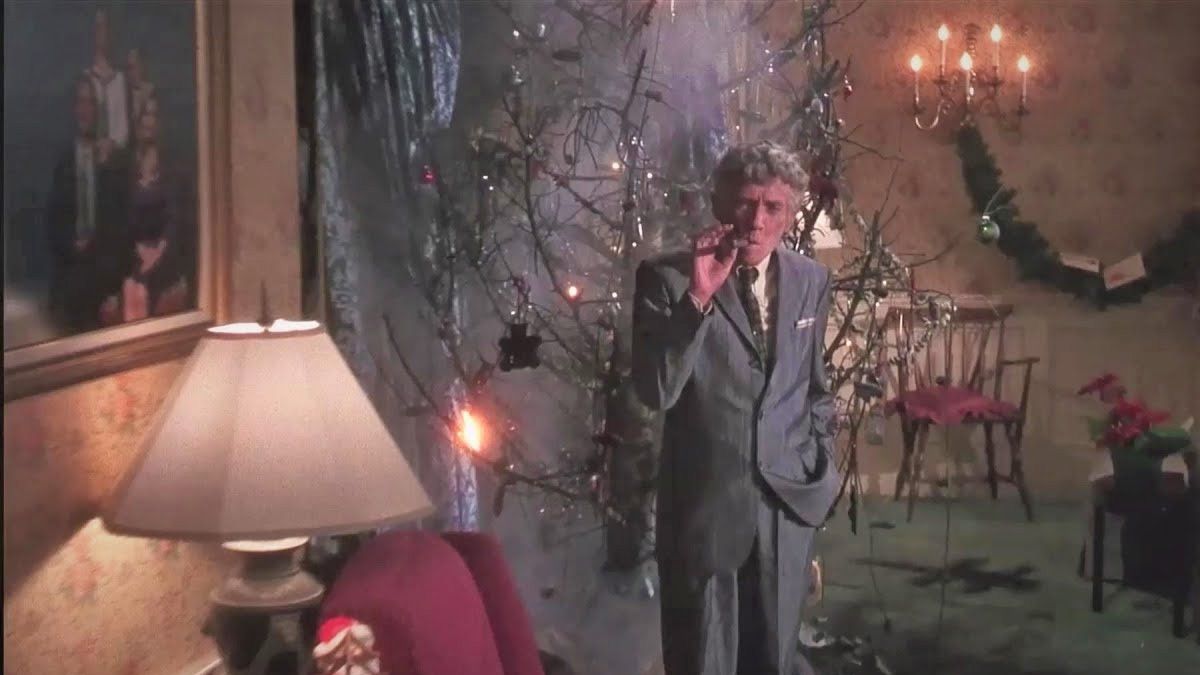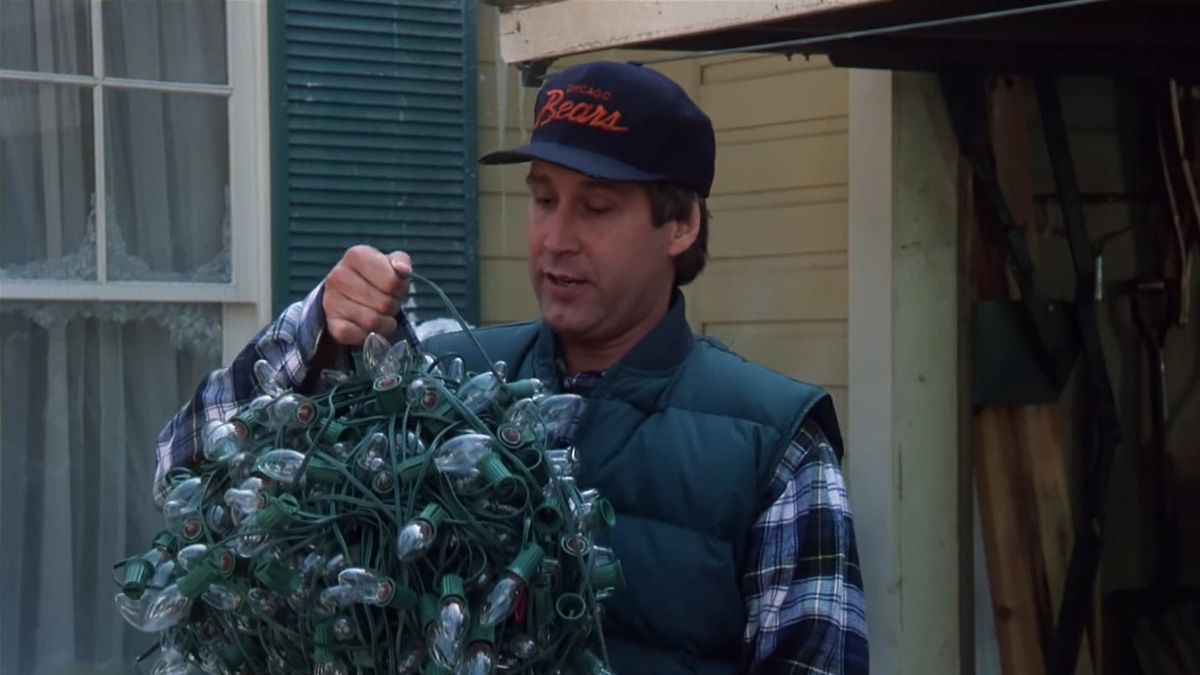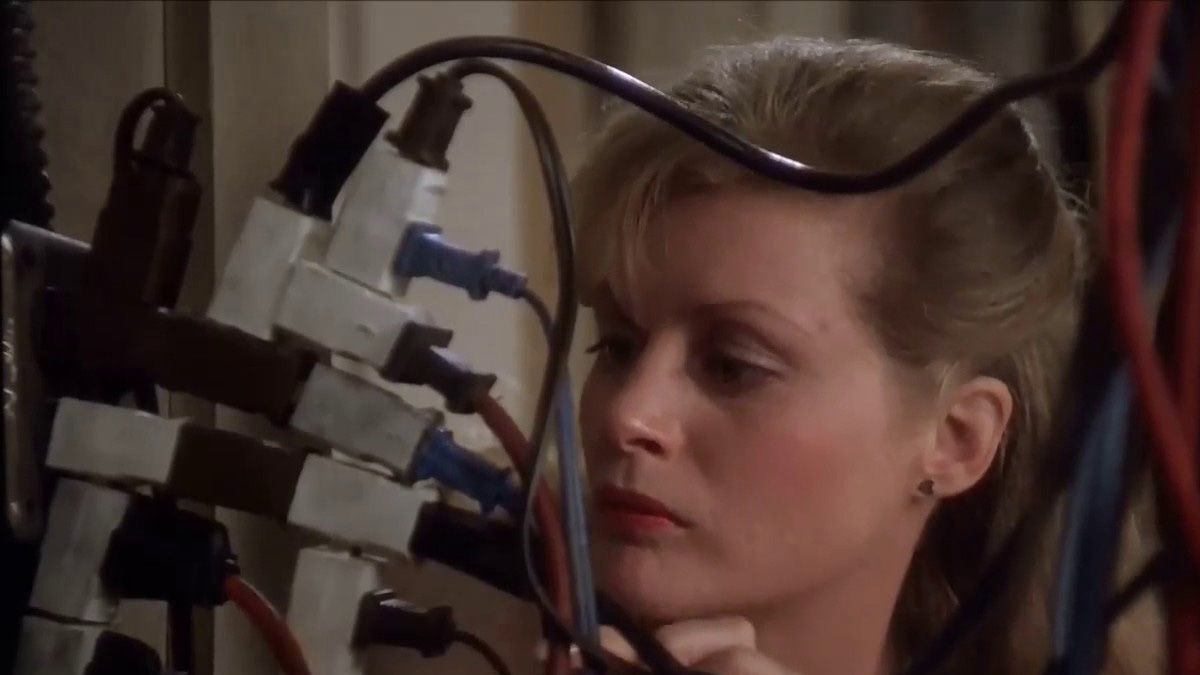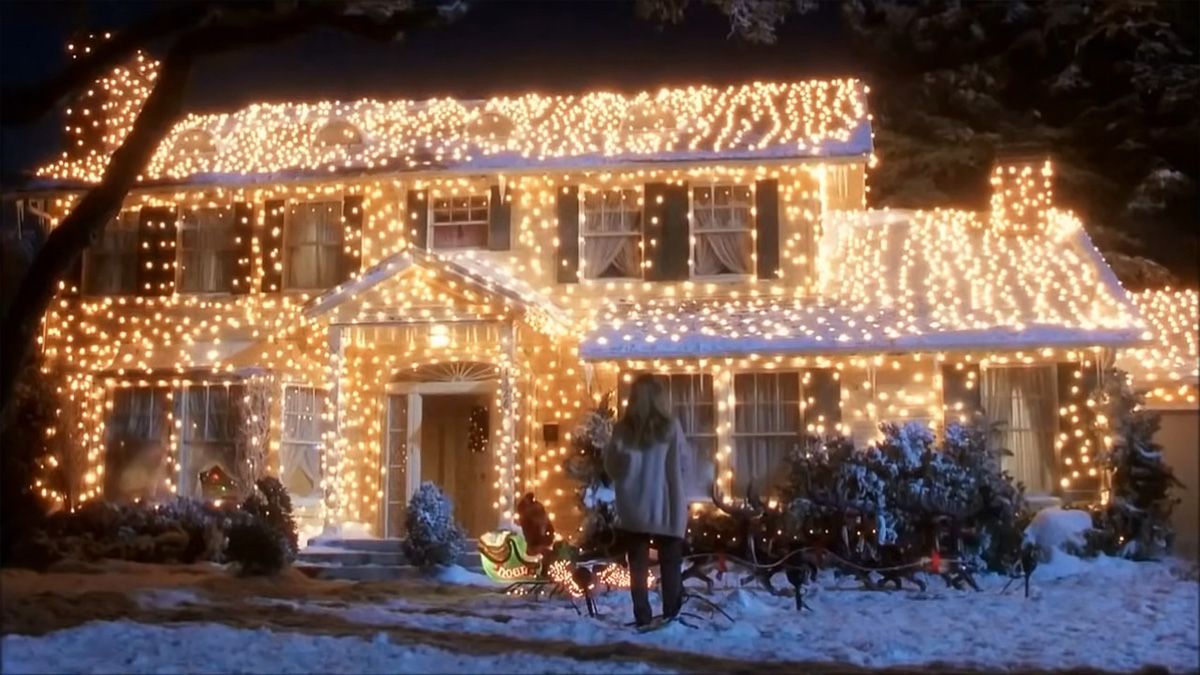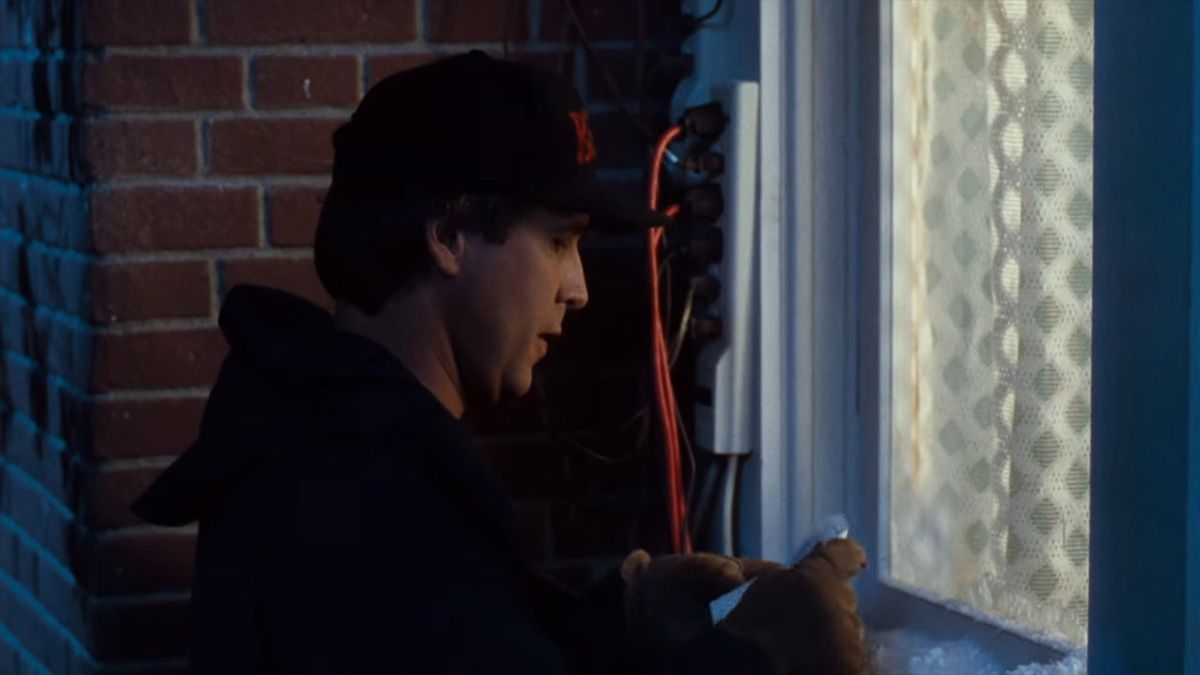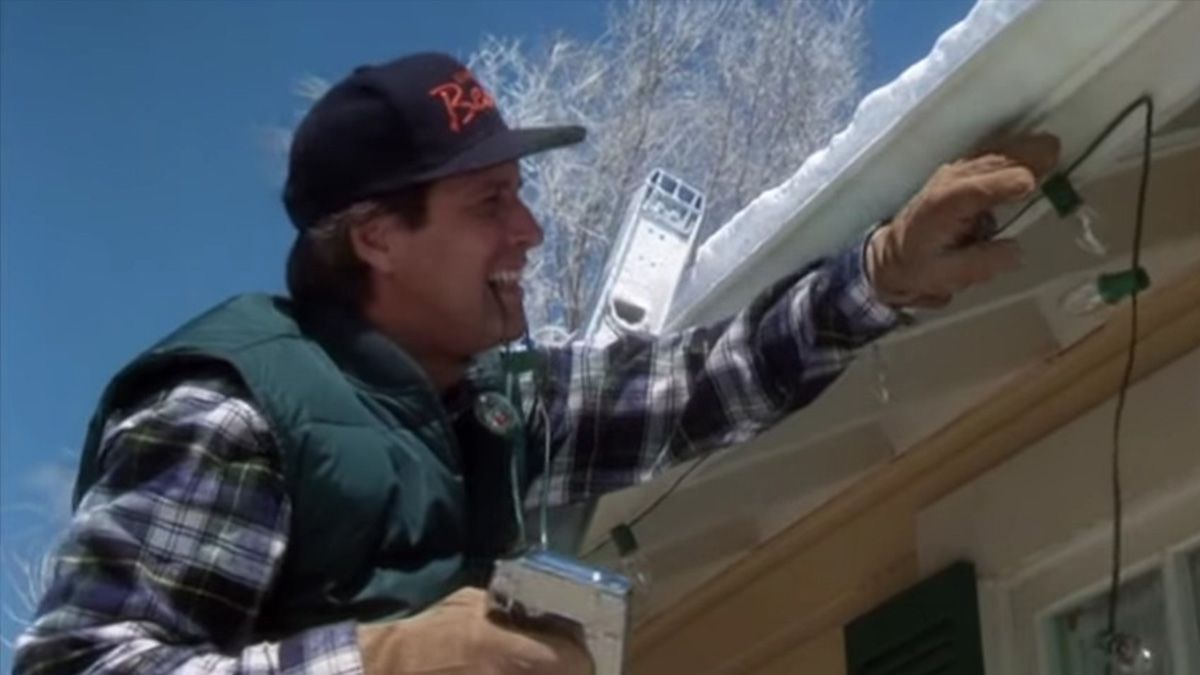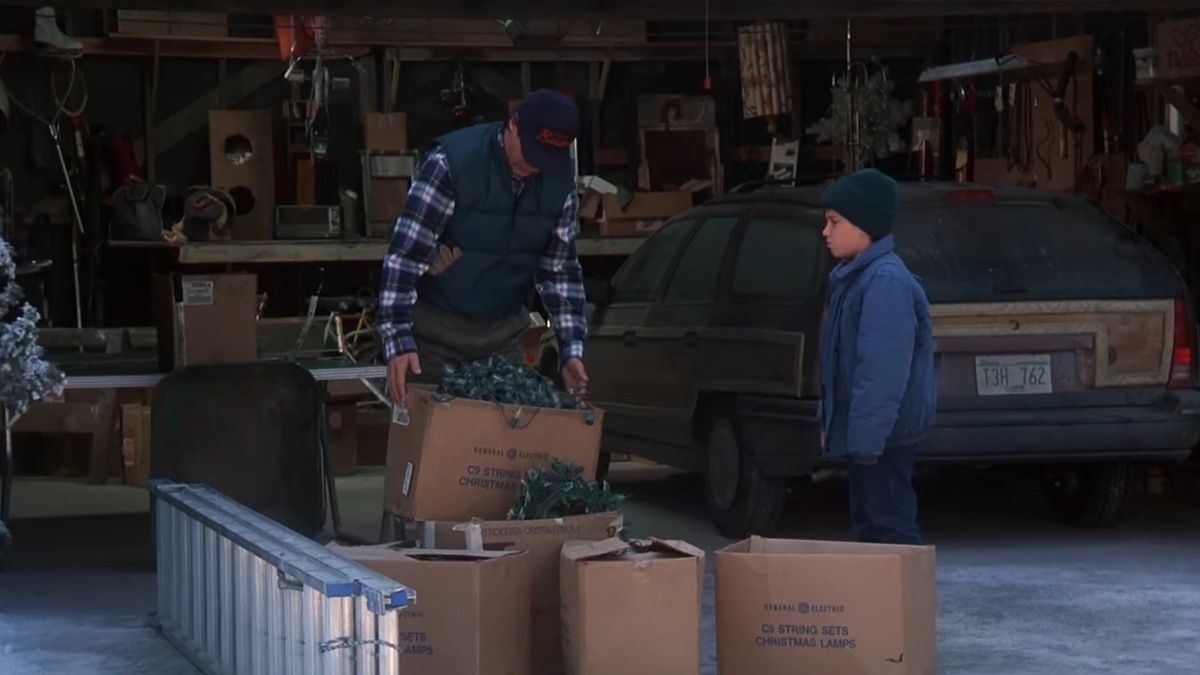Key Takeaways
Yes, Christmas lights can be a fire hazard. However, Christmas light fires can easily be avoided by inspecting your lights, following electrical best practices, and storing them properly at the end of the season.
People talk about how Christmas lights are a fire hazard. But is it mostly an urban legend up there with razor blades in Halloween candy or something to take seriously? Here's what you need to know to live your best Christmas Vacation life without burning your house down.
Yes, Christmas Lights Are a Fire Hazard
We love Christmas lights, and even if you don't celebrate Christmas or any winter holidays for that matter, there's probably a good chance you like them too. After all, who doesn't like a bit of brightness and cheer in the dark depths of winter?
But loving all those colorful and twinkling holiday lights doesn't mean they aren't a bit on the dangerous side when improperly stored and strung haphazardly.
According to The National Fire Protection Association, electrical distribution (the wiring in your home and the extension cords you connect to it) and lighting equipment (light strands and fixtures) are involved in almost half of the Christmas tree fires in America.
Further, the organization estimates that around 790 fires are started by holiday decorations inside and outside the home every year, causing injuries, death, and millions of dollars in property damage.
That doesn't mean you can't enjoy Christmas lights, though. Obviously millions of people do every year without their houses burning down. And you can do your best to ensure the numbers stay low and you never have to deal with a holiday house fire by following some simple best practices with your holiday lighting. Let's take a look at how to stay safe this holiday and every following one too.
Avoid Fires by Following These Best Practices
You want a crash course in Christmas light best practices that don't feel like a dusty old government PSA reel? Go watch the holiday classic National Lampoon's Christmas Vacation. (Don't feel like blowing the dust off your Bluray player? No worries, it's free on HBO Max and available for a fee on other services like Amazon Prime Video.)
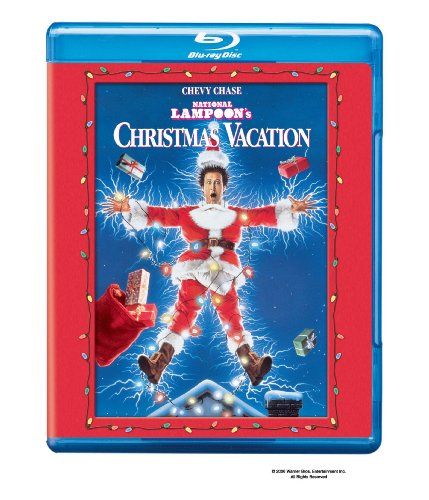
National Lampoon's Christmas Vacation
It's not just a classic Christmas comedy, it's a crash course in holiday lighting safety.
No, seriously, it might be the greatest lesson in what not to do with Christmas lights that has graced the silver screen. Thankfully, the Griswold house doesn't burn down despite Clark stringing tens of thousands of lights all over it.
And, despite Cousin Eddie illegally pumping sewage into the storm drain, somehow, that doesn't burn down the house either. Ultimately, what burns the tree isn't the lights but Great Uncle Lewis smoking a cigar next to it (with a little assist from Cousin Eddie's methane gas leak).
But frankly, the fact that Clark's lighting job (so extreme it temporarily blacked out an entire city) doesn't burn down the house down with his entire family inside is the real Christmas miracle of Christmas Vacation. Because he does nearly everything you could do to stack the deck against yourself, short of lighting your own Christmas tree on fire.
You want to light up the neighborhood like Clark without the blow fuses and fire risk? Do this.
Inspect Your Lights
Christmas light fire safety starts from the very minute you put on your work gloves and contemplate the majesty you're about to unleash upon the neighborhood.
Inspect every strand of lights and electric holiday decoration closely. Discard and replace any strands with frayed wires or damage caused by mechanical wear, rodents getting into your garage and nesting in your box of lights, or any such thing.
And if any strands or decoration cords show signs of scorching or melting, that's an immediate trip to the trash as they have clearly experienced some kind of insulation or wiring failure.
Don't Overload The Outlets
At multiple points in Christmas Vacation, we see Clark grossly violate electrical wiring safety standards.
If you put aside the magic of Hollywood and the suspension of disbelief, it is absolutely shocking that Clark didn't burn his house right to the ground at the start of his holiday light-hanging adventures.
In the movie still shown above, his wife is examining the mutant octopus of a wiring job found in their home's garage. A dozen different extension cords are plugged into a single dual-outlet receptacle by a meandering array of outlet extenders.
Ask any firefighter or building inspector what the probable outcome of such an arrangement is, and they'll tell you it's an electrical fire. Instead of wiring your holiday lights like Clark, don't link together multiple outlet extenders, powerstrips, or otherwise piggyback additional loads onto a single outlet or a series of outlets sharing the same circuit back to your electrical panel.
This includes chaining together Christmas light strands over the number of linked strands the set is rated for based on the manufacturer's specifications. Sure, a properly designed set of lights will have a fuse (or even two) in the plug, but do you really want to bet your safety on a two-cent fuse?
Worse yet, if you really want to take the wiring scenario in Christmas Vacation to its logical conclusion, is this. One of the movie's minor plot points is that the lights don't work because somebody turned a switch off in the garage that controlled the outlet.
That means all the extension cords you see in the movie and all the strands of lights are running from a single outlet in Clark's garage. Again, we are baffled his house didn't burn down.
Consider Upgrading to LED Lights
If you can't imagine life without having the most Christmas lights on the block, consider upgrading to LED lights. The amount of energy and heat difference between traditional and LED lights is staggering.
Upgrading will result in a 90% reduction in electrical load, less heat, and you'll be able to string together more lights with less risk of overloading your home's electrical system.
If you love big flashy C9-style bulbs, it's an even bigger savings and safety benefit. Traditional C9 bulbs use up to 7 watts per bulb, run very hot, and are a significant fire risk. By comparison, a strand of LED C9-style bulbs only uses around 5 watts for the entire strand with almost no heat and very little fire risk as a result.
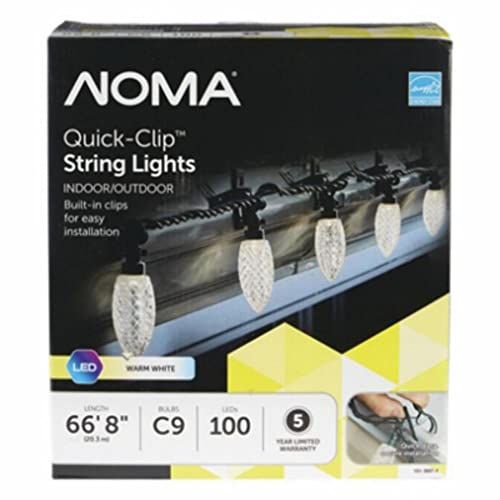
Noma C9 LED Christmas Lights
This strand includes not only 100 warm white bulbs but built-in clips to help you string the strand indoors or out.
In Christmas Vacation, Clark proclaims that there are 25,000 bulbs on his home. At multiple points in the film we see boxes labeled C9 Christmas Lights, we see him stringing up C9 bulbs, and the home appears to be completely covered in them when it is finally properly lit up. If his proclamation is to be believed, that's 175,000 watts of power. No wonder the power plant managers had to switch to auxiliary power in the film.
And if you want your home to look flashy and festive without all the headaches, you might even consider "cheating" at the holiday cheer by using smart lights to splash color about your home and yard. I love my Govee smart floodlights, they're great for Christmas and holidays all year long.
Use Quality Extension Cords Properly
Who among us hasn't used one of those basic brown, green, or white small-gauge lamp extension cords in their holiday decoration planning at some point? So, far be it from me to cast any stones as I'm certainly guilty of the offense a few times in my day.
But using cheap extension cords and using extension cords improperly is a great way to start a fire. Some very basic extension cord rules apply to Christmas lights and everything else you might use extension cords for. If you follow them, you'll be so much safer for it.
Extension cords should always use the same gauge (or larger gauge) as they get closer to the outlet and never the opposite. For example, you shouldn't use a lightweight extension cord from an outlet on the side of your garage to run across your yard and then split it off into multiple heavy-duty extension cords. You should do the opposite, and run the heaviest gauge extension cord first, only attaching another heavy gauge extension cord to that or a lighter gauge.
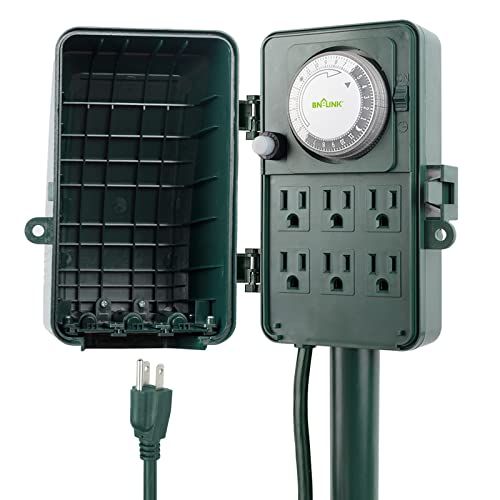
BN-LINK Timer Power Station
Forget the spaghetti nest of cord plugs laying in the snow, you can use this handy stake-in power station to keep your plugs out of the slush and put the whole show on a timer.
Why? Because putting a thinner wire in the middle of the setup creates electrical resistance. If the load on the entire setup is high enough, that wimpy extension cord in the middle can melt, short out, and cause a fire.
Additionally, make sure all your cords are plugged into properly wired outlets and none of the cords are run in ways that will expose them to friction or mechanical stress like out windows, under screendoors, across your garage floor, or any other place they can be pinched, run over, abraded, or otherwise damaged.
Secure Cords and Cables Correctly
When attaching Christmas lights to your home or otherwise securing them on structures, fences, and so forth, don't use any form of attachment that might damage the insulation sheathing.
That means skip the staple guns, don't try to tack them down with anything like small finishing nails or small hammer-in electrical staples, etc.
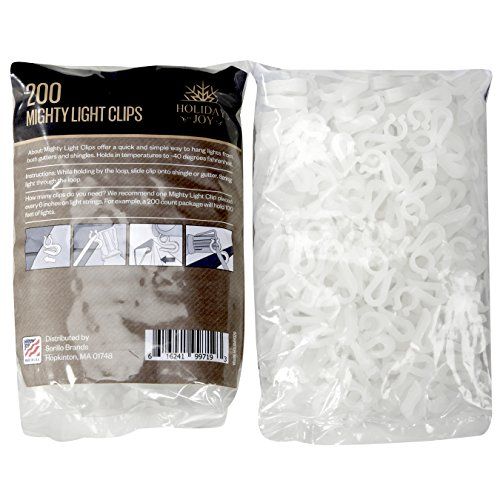
Holiday Joy Mighty Clips
These little clips make it easy to line the edge of your roof with lights without damaging your shingles.
Stick to using dedicated Christmas light shingle hooks, gutter clips, or nail-in hangers to secure your lights. If you can think of a way to hang Christmas lights, there is probably a hanger style that matches just a simple search away.
Store Them Properly
The fun part of Christmas lights is getting all the lights strung up and standing back in wonder. Putting them all away for the season? Not so much.
You do one with the anticipation of Christmas Yet to Come and often do the other when the ground is half-thawed and muddy with the stress of the New Year already upon you. So we totally understand how year after year, decorations end up wadded up and tangled in a box.
Not only is tearing them all down and tossing them in a box a recipe for damaged wires and bulbs, it's also going to make putting them up again next year a huge pain.
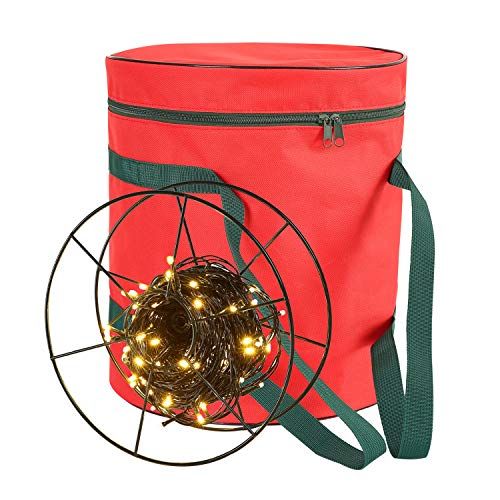
Sattiyrch Christmas Light Spools
Forget stuffing your poor lights into a plastic shopping bag or battered shipping box. These spools let you wind them carefully and store them without damage.
You can fashion simple cord wranglers from scrap cardboard or even some 2x4 scraps, but there are plenty of inexpensive options on the market, like these cord wrappers or this set of spools with a protective case.
However you store them, though, aim to store them in a sturdy and well-sealed container to avoid a stray mouse making short work of them. And if possible, storing them in a basement or cool, dry place in your home will keep the insulation supple and flexible longer than leaving them to roast (and freeze) in an attic or garage.

